
Planer Safety Tips
Tom CasparPlaners can do so much for you. They’re pretty high on the must-have list of standard shop tools because they are full of horse power and have a very high cutter head speed. There are a lot of things that can go wrong. From hearing protection to where you stand, there are some simple things you can do to make sure that you’re using a planer safely.
Share tips, start a discussion or ask one of our experts or other students a question.
Already a member? Sign in
2 Responses to “Planer Safety Tips”
Premium Membership
Unlock exclusive member content from our industry experts.
- 24/7 Access to Premium Woodworking Videos, Projects, and Tips
- Step-by-Step Instructional Demos, Plans, and Tutorials
- 50% Off Video Downloads Purchased in the Woodworkers Guild of America Shop
- 2 Printable Woodworking Plans
Unlock exclusive member content from our industry experts.
- 24/7 Access to Premium Woodworking Videos, Projects, and Tips
- Step-by-Step Instructional Demos, Plans, and Tutorials
- 50% Off Video Downloads Purchased in the Woodworkers Guild of America Shop
- 2 Full-Length Video Downloads to Watch Offline
- 2 Printable Woodworking Plans
Gold Membership
$370 Value
Get everything included in Premium plus exclusive Gold Membership benefits.
- 24/7 Access to Premium Woodworking Videos, Projects, and Tips
- Step-by-Step Instructional Demos, Plans, and Tutorials
- 8 Full-Length Video Downloads to Watch Offline
- 3 Full-Length Woodworking Classes to Keep for Life
- 7 Printable Woodworking Plans
- Discounts on Purchase-to-Own Content in the Woodworkers Guild of America Shop
- Access to Ask the Expert Program
- Exclusive GOLD LIVE Streaming Events
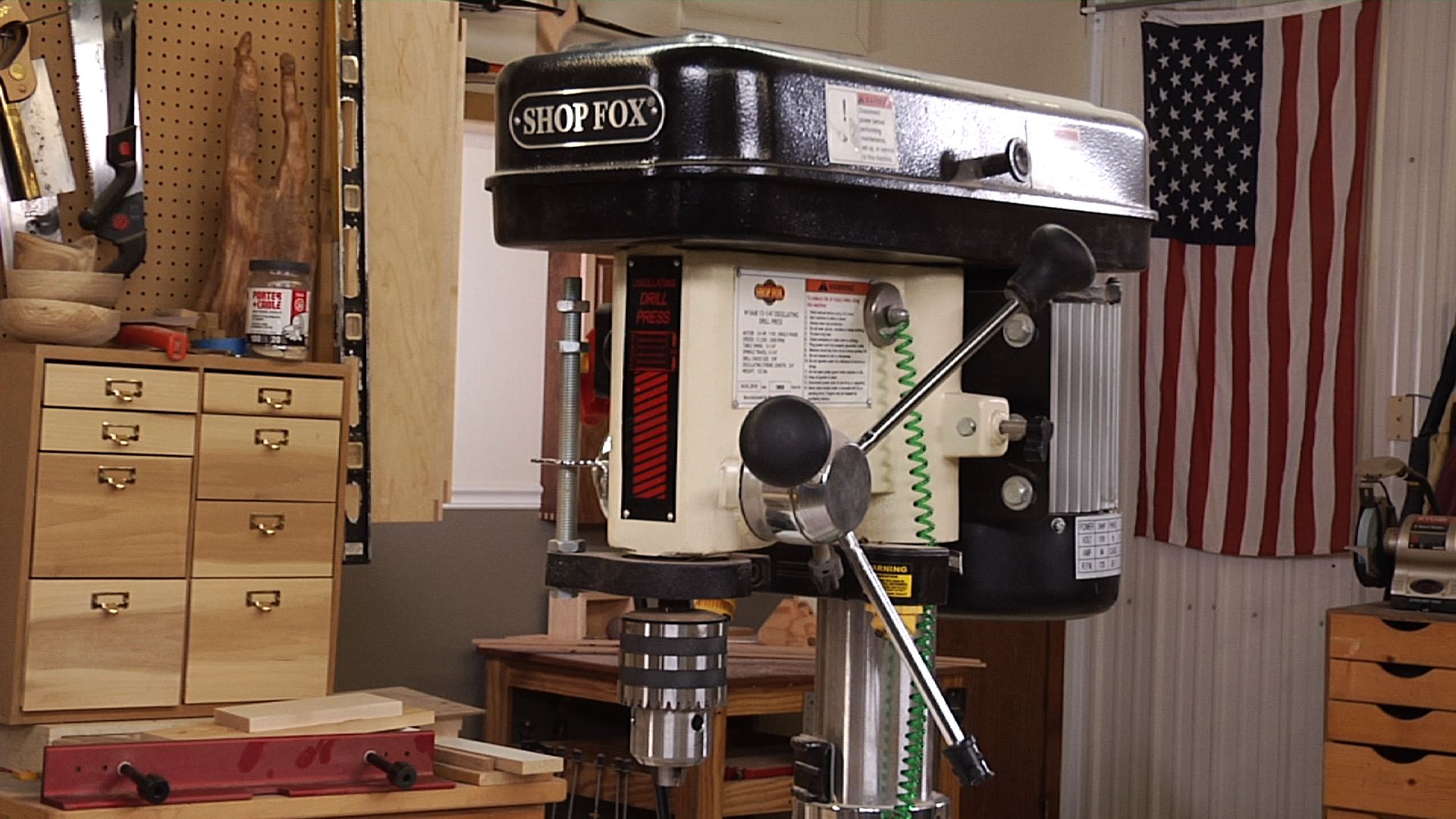

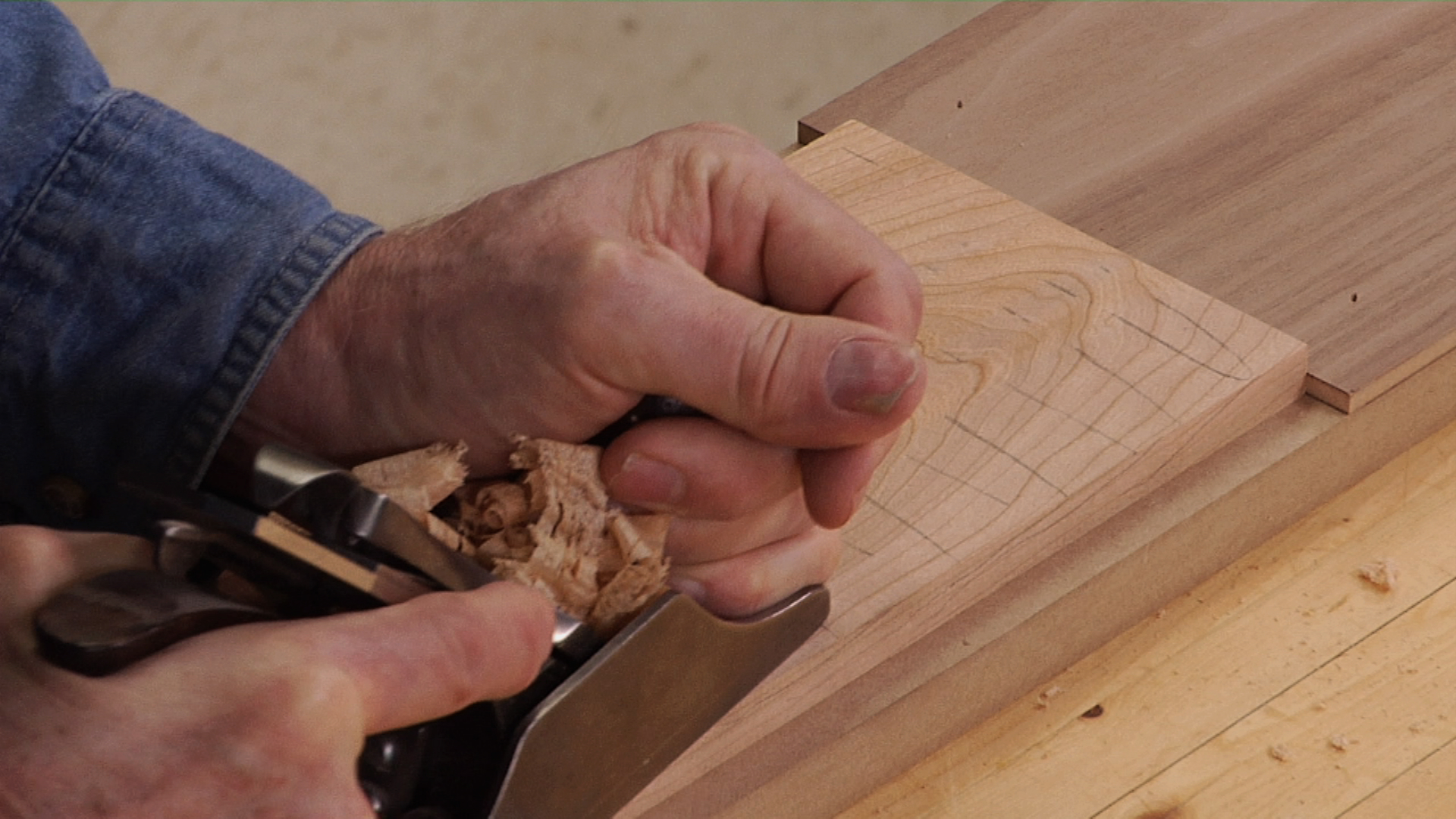
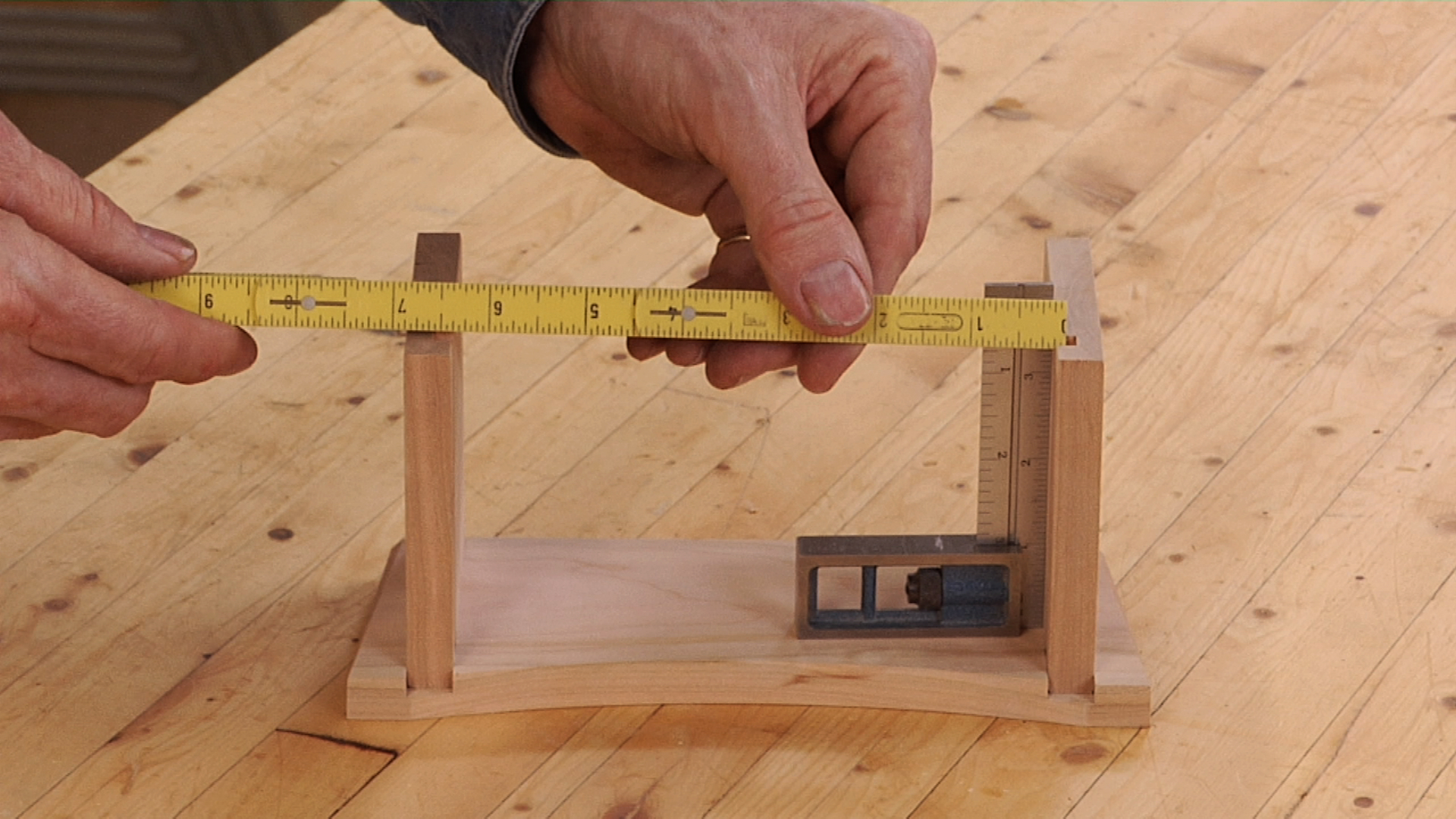
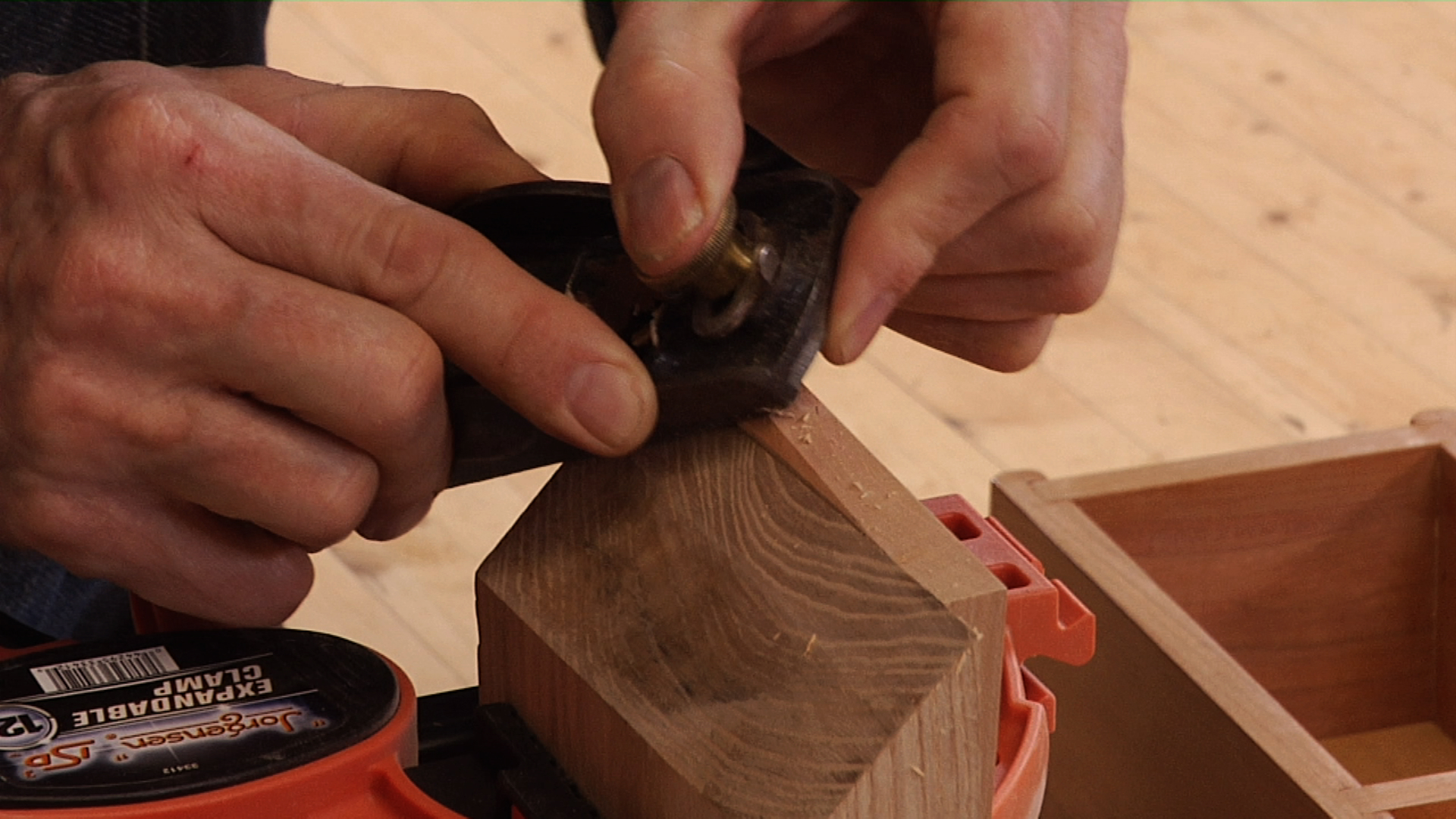
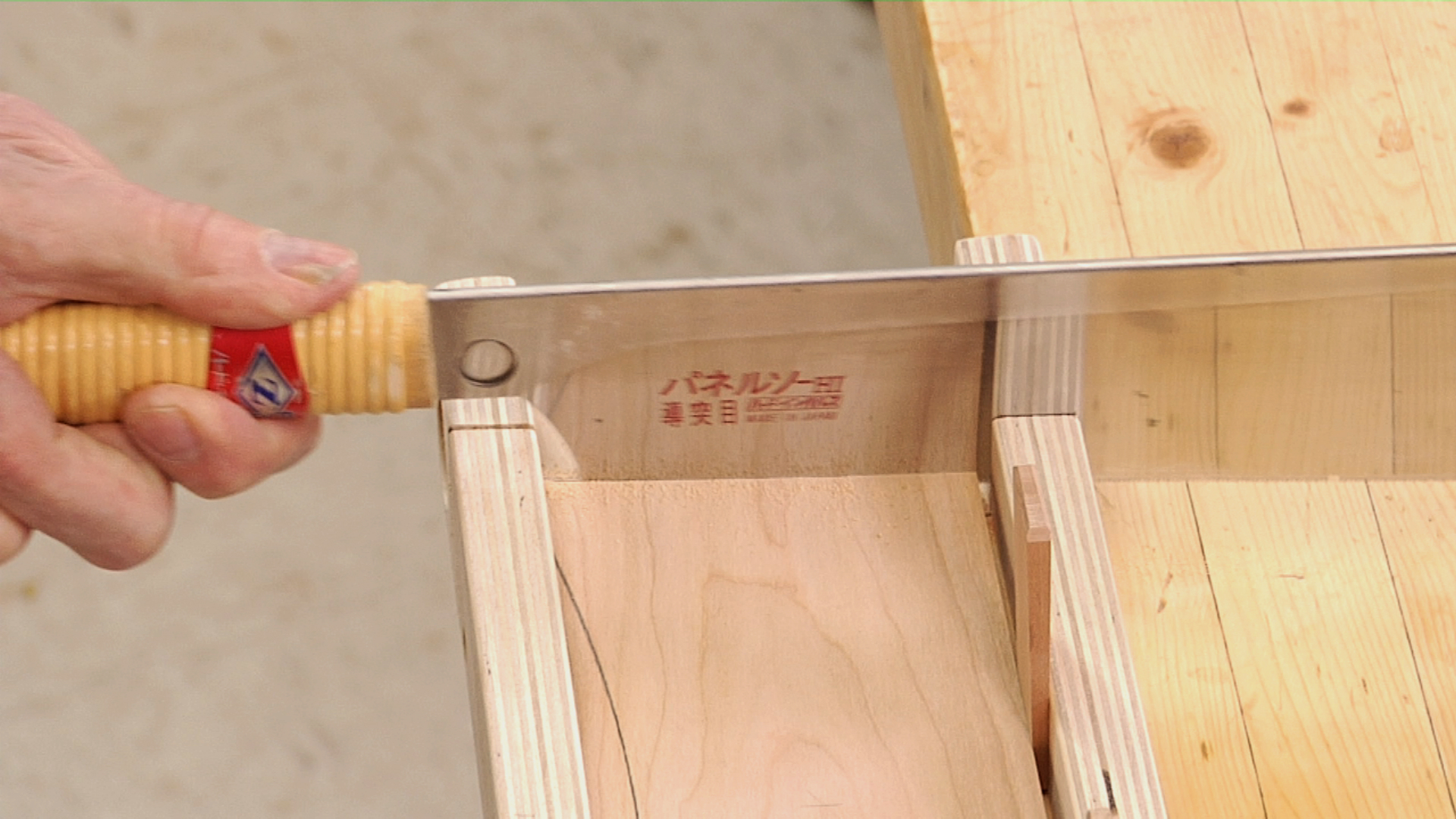



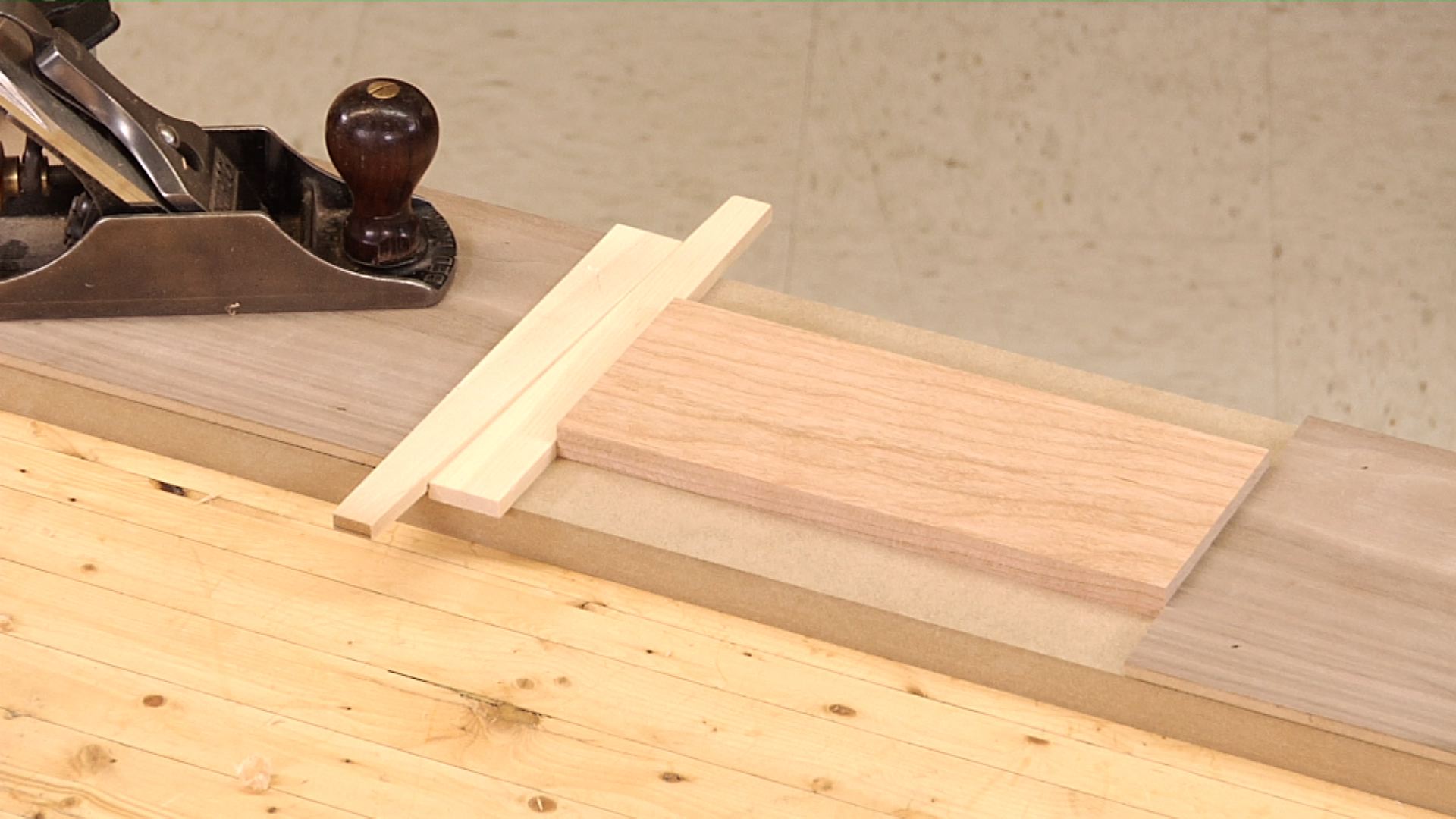
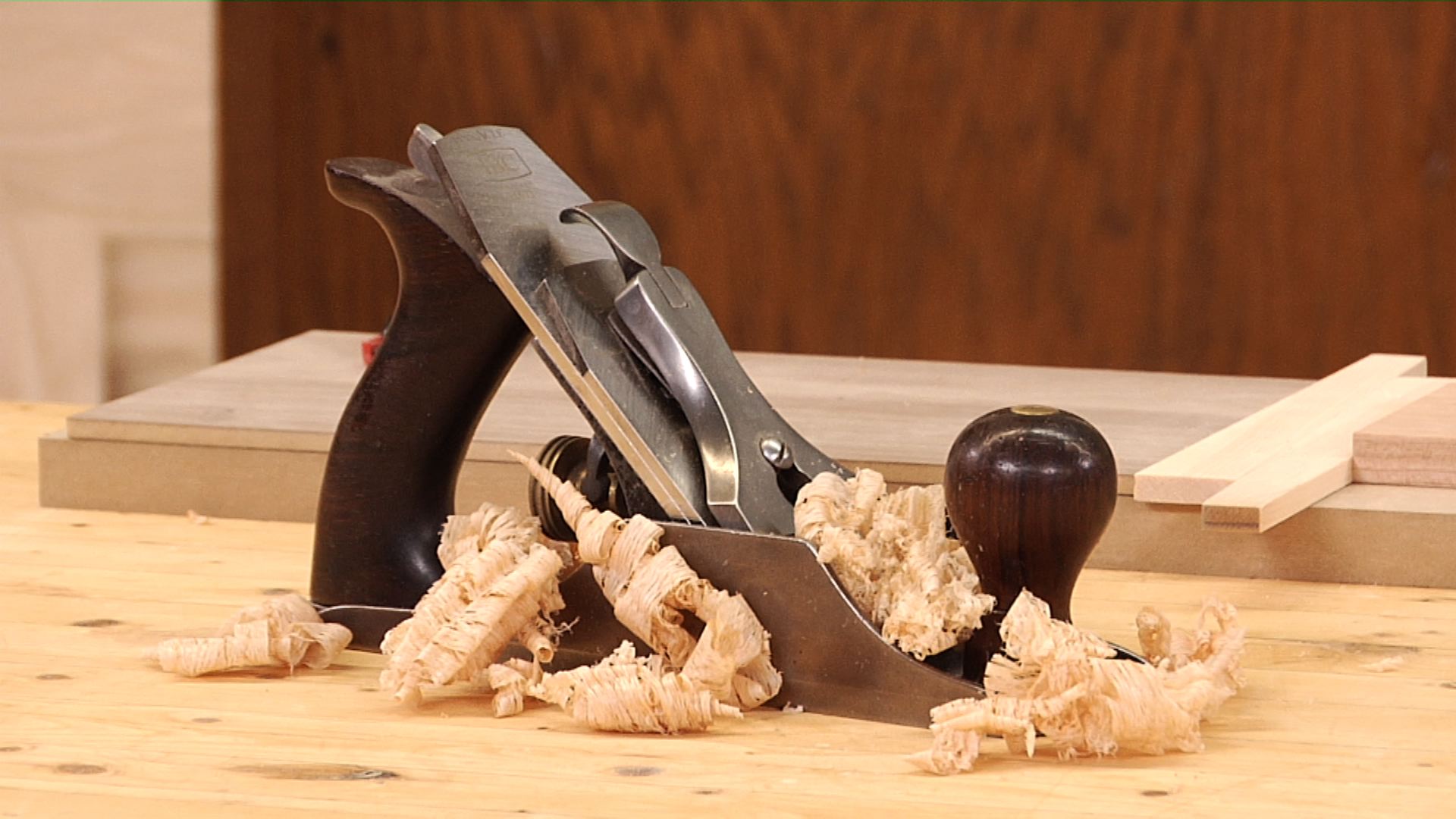


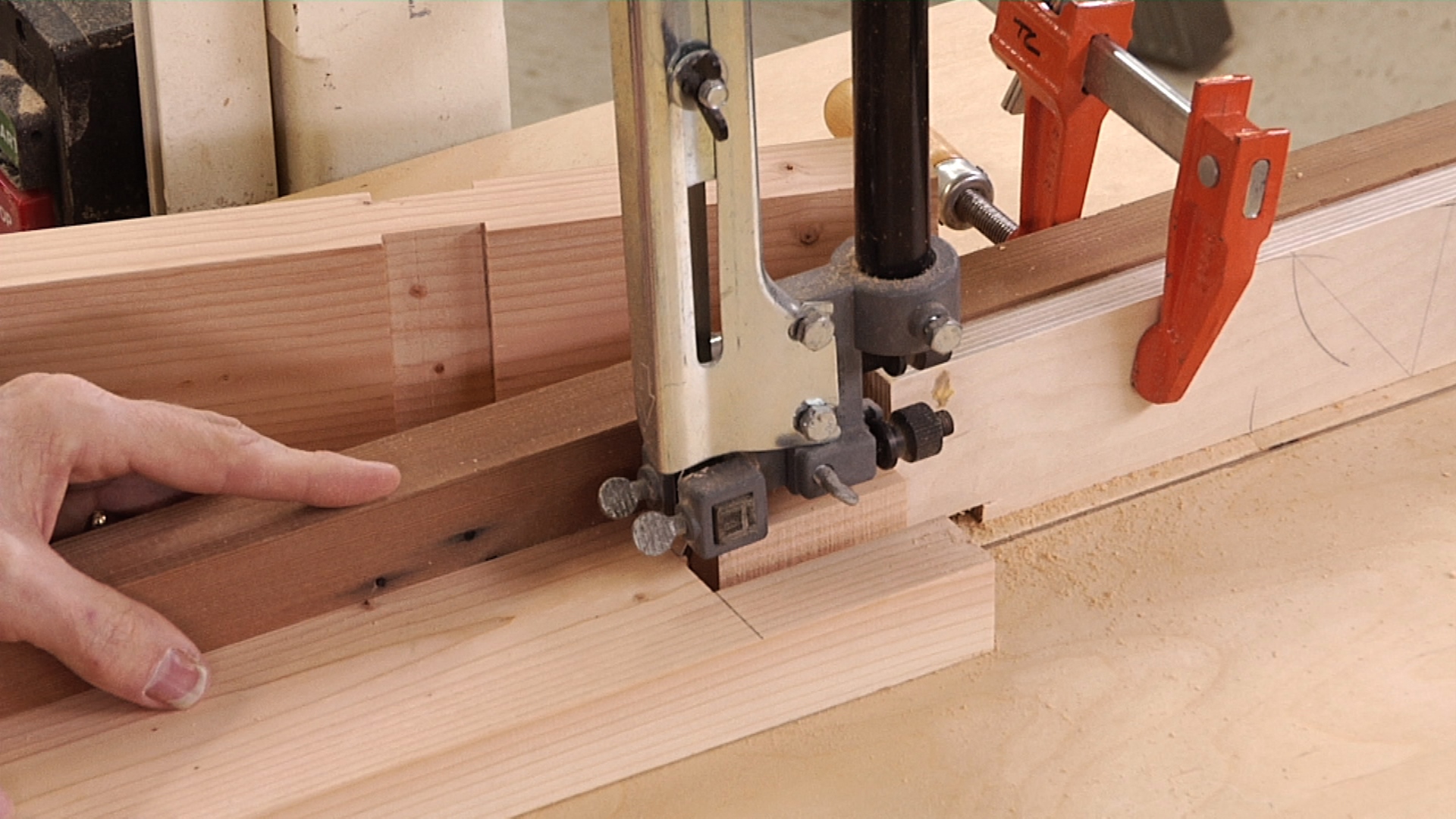
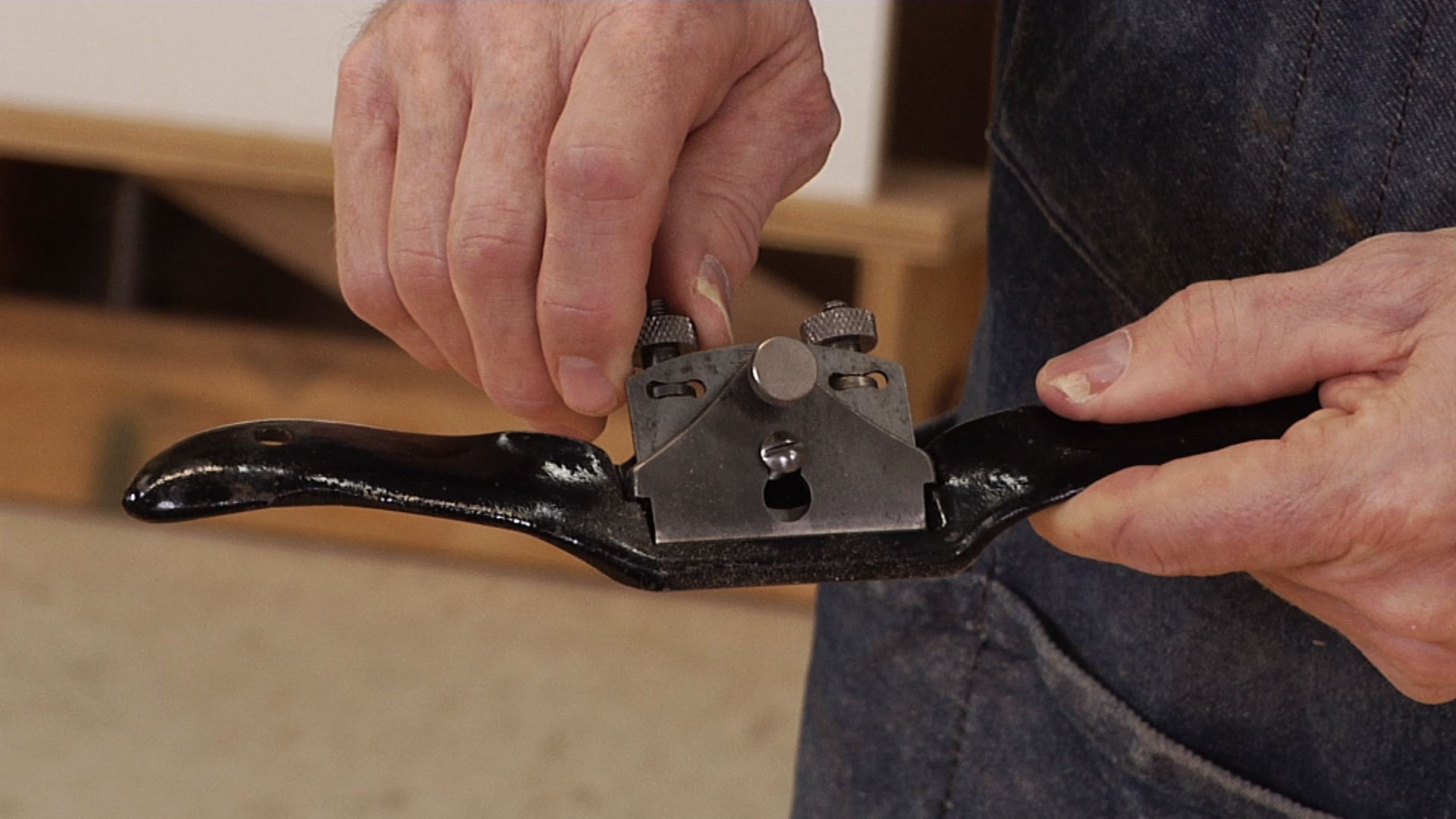
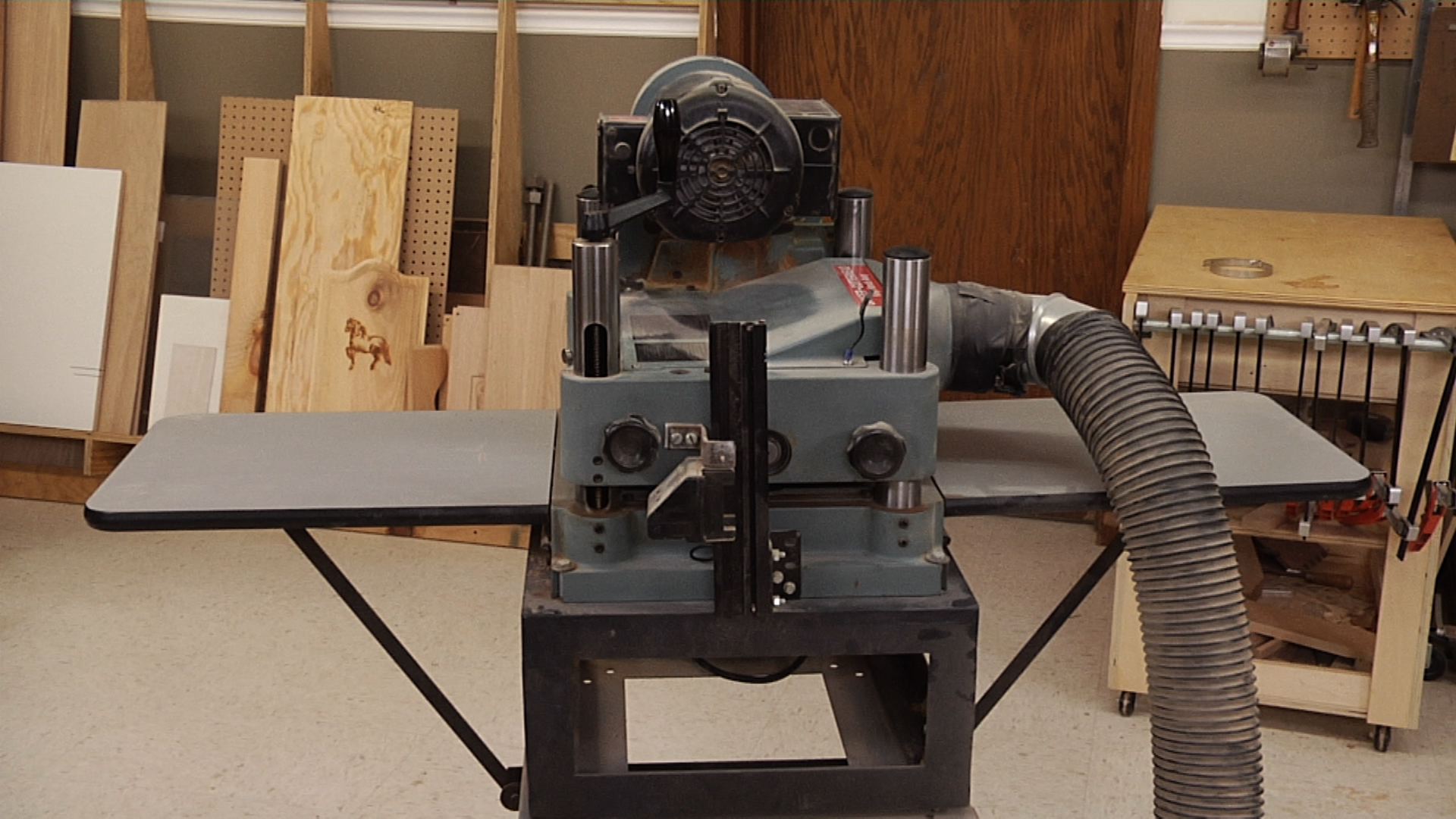
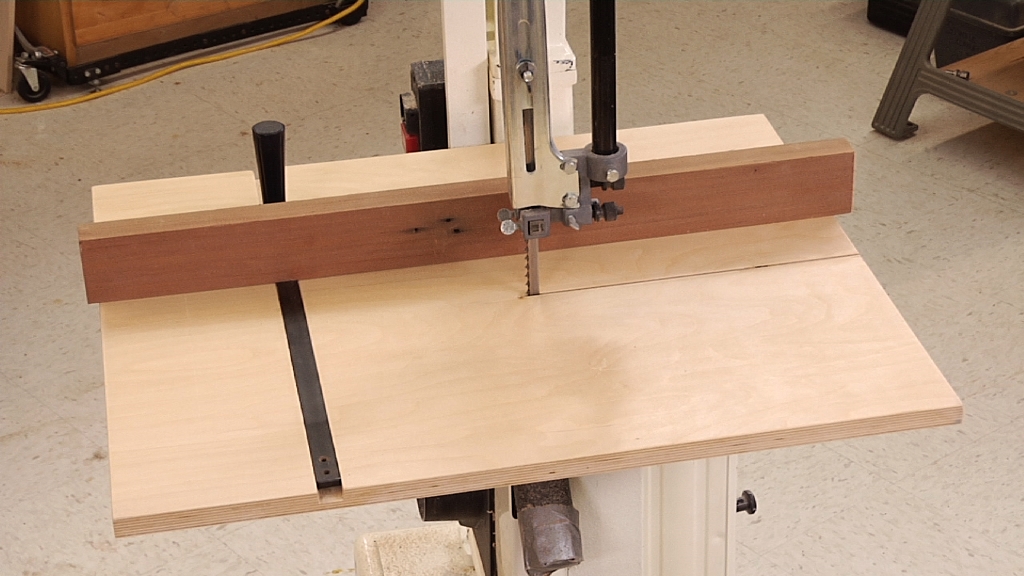
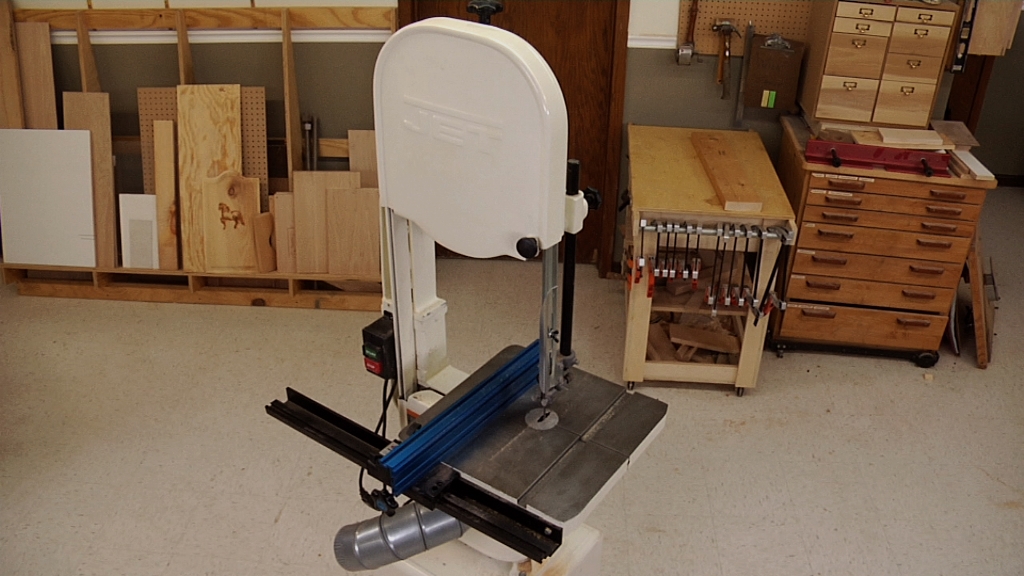

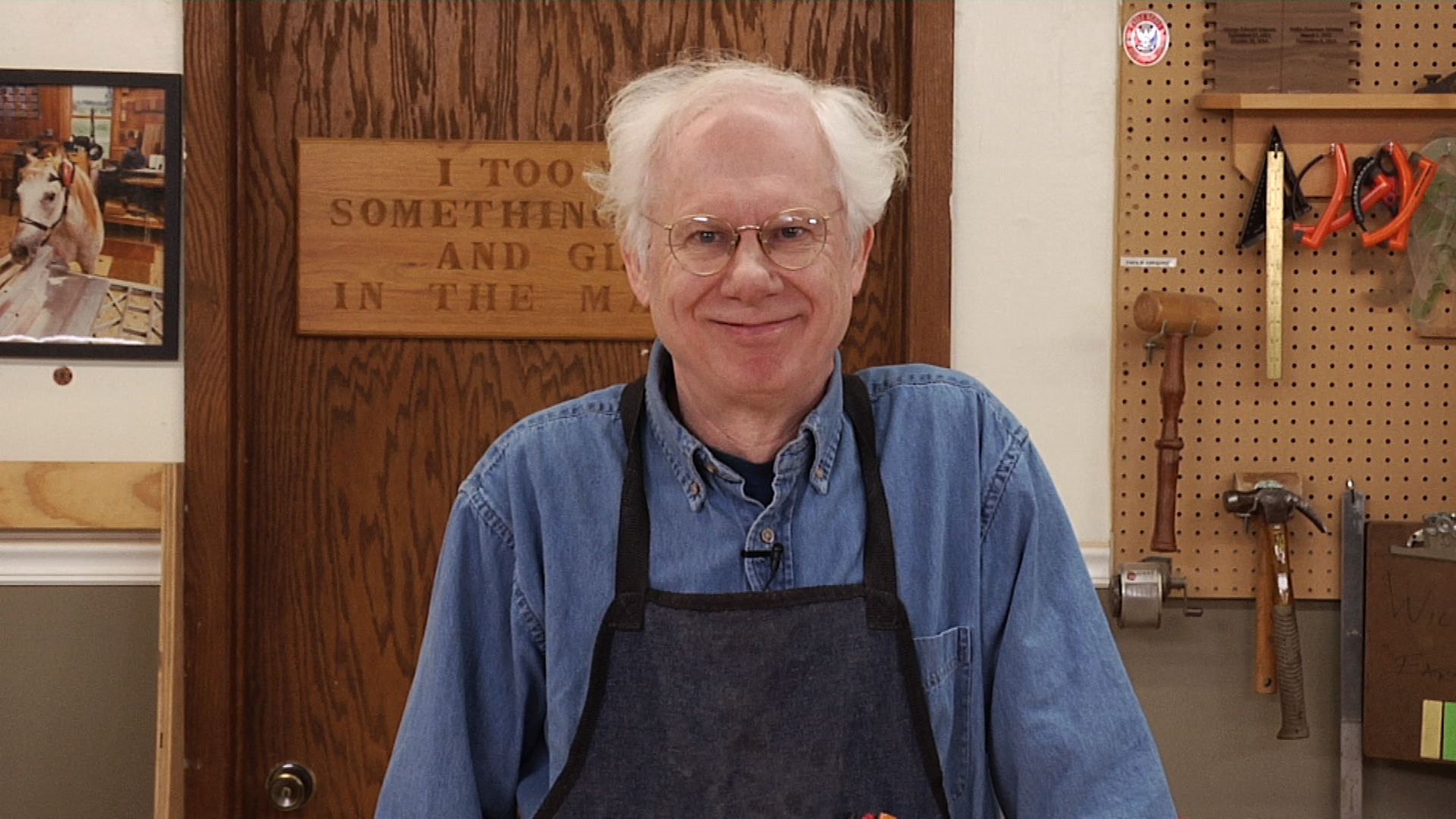
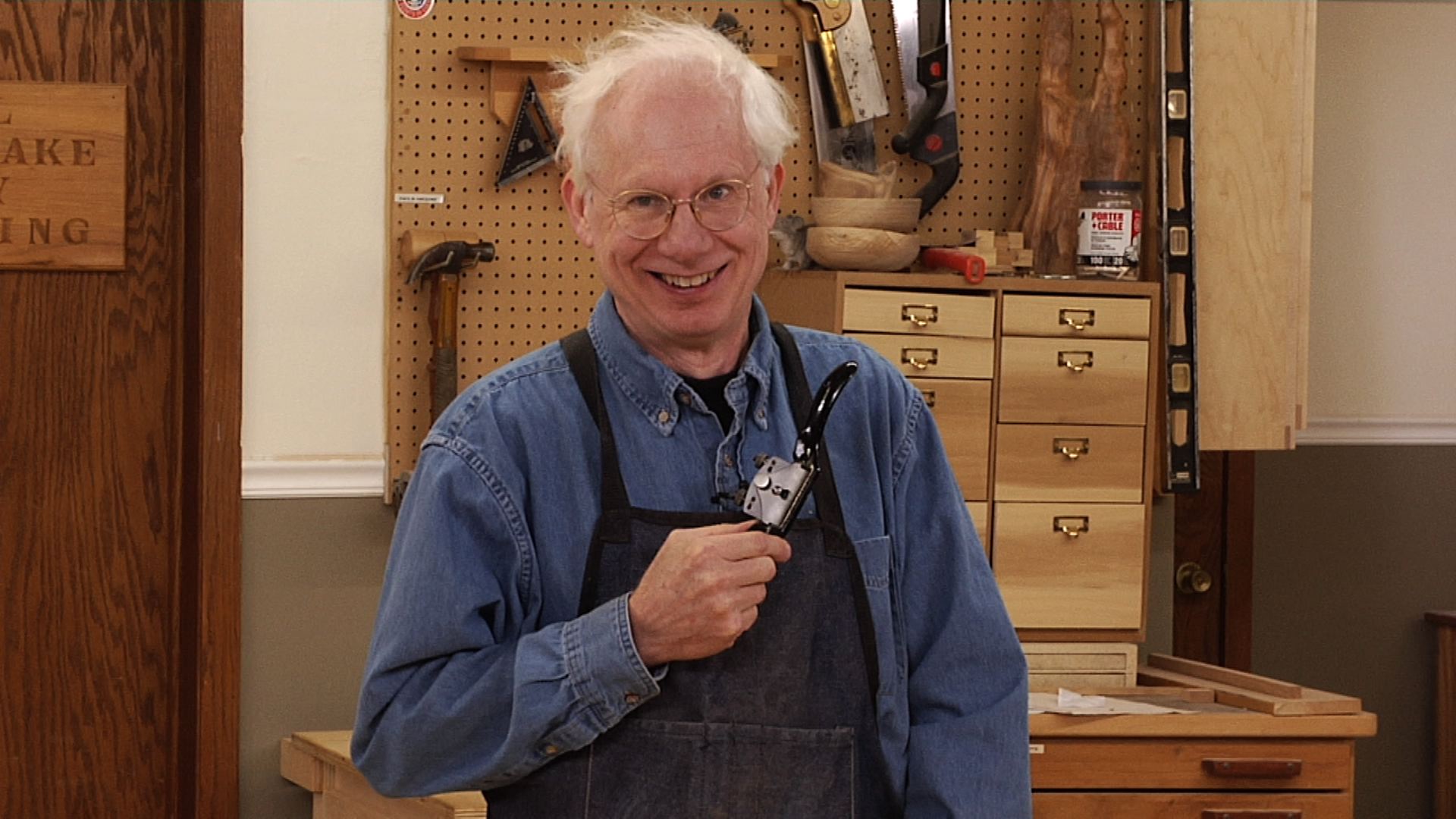
This is a very nice review video for the newbie or infrequent user of thickness planers. Also recommended is having a caliper to measure your starting and ending thickness and taking many small planing passes through the machine rather than planing, for example, a 3/4" board to 1/2" in a single pass. If planing very hard woods, like hard maple, 1/64" passes will give the best results. The harder hardwoods can quickly wear out the cutters. If your planer seems to working much slower than usual with poorer results, suspect worn out blades, although on a very old machine, the rollers can also be the culprit. Buy a backup set of blades before you need them. Changing the blades can be difficult and tedious (my old Sears 12" Industrial) or very simple (DeWalt 13" 2 speed). He mentioned not planing MDF. I have planed 3/4" MDF without problems but the practical limit on it is about 1/4" thickness. Anything thinner than that is just too flexible and won't plane evenly, often with severe snipe. Also, MDF dust is considered toxic. For items too wide to fit in your planer, a drum sander is the next ideal tool. A belt sander will also work, but it's difficult to obtain a flat surface with it. The drum sander is much quieter and safer but it's slower than the thickness planer and its final results will require some manual sanding to bring it up to the finished quality of a good, thickness planer. You can also "plane" shorter pieces than could go through a thickness planer. Cross grain on planer or a jointer - it can be done, but beware of tear-out and go very, very conservatively on the depth of cut. Planing short or thin pieces through a jointer is extremely dangerous. You need 2 hands to operate a jointer and each hand needs to be over either or both infeed or outfeed tables, never ever directly above the cutters. If you can't do that, the piece is too small to be planed with that machine, even if you use a pusher block. Use a different method/tool for small pieces.
I also recommend sending the board through at a slight angle when possible so your knives are not presented with a full on cut across the leading edge of the board. This can also help reduce tear out.